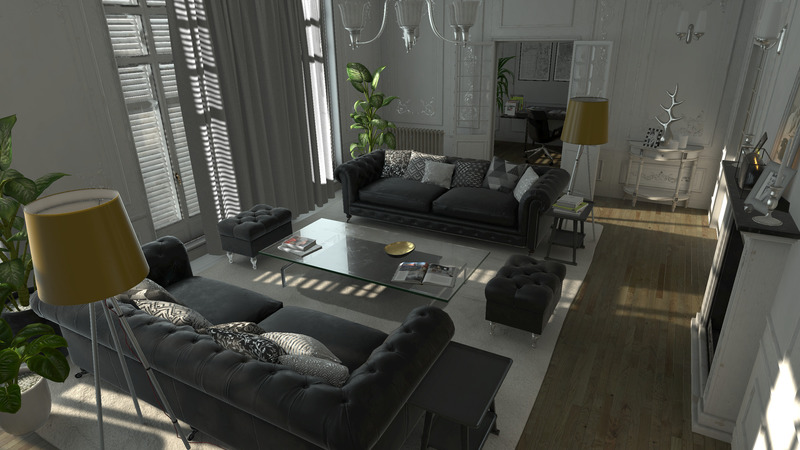
What is Virtual Reality
Virtual Reality or VR for short is an experience created by specialised hardware and software to replicate a real life environment. The person experiencing Virtual Reality is “transported” into the virtual environment by means of a headset. Headsets in the last few years have evolved considerably with Oculus and HTC Vive being popular choices in the high end spectrum while Google Cardboard, Daydream and Samsung’s GearVR are more affordable options albeit with a degradation in quality.
VR till of recent has been relegated to being very niche and targeted to the computer gaming industry. However we think that VR is going to have a much bigger impact in the way businesses operate in the near future than in the commercial environment. The use cases for businesses and VR are so vast and we are going to try to cover a few of these cases in a series of blog posts.
One of the most obvious use cases for Virtual Reality is in property. VR has the potential to improve various sectors within the property domain, from the design phase to the final sales.
PropTech and Virtual Reality
PropTech is a term used to describe companies that are using technology to refine, improve or reinvent the services we rely on in the property industry to buy, rent, sell, build, heat or manage residential and commercial property. Virtual Reality is one such technology that companies are using to better for example the rental experience. Foxtons for example use the GearVR to showcase 360 photos and videos of apartments for rentals or sale. This works well enough for existing buildings, where 360 photos or videos maybe use to create the VR experience.
All VR experiences are not created equal. Some VR experiences are more immersive than others. VR experiences using 360 photos and videos have no interaction with the environment and movement is restricted. VR experiences built ground up using for example an Architect’s model as a base is more immersive and the user can interact and move freely within the environment.
New Build Sales
In the UK, buyers often travel huge distances to view a property too, for example, research from Knight Frank in 2014 showed that 49% of all new-build property purchasers were from overseas. There is also a large demographic of expats in the UK who are also investing in high growth properties abroad. Nine out of ten viewings do not result in sales and these can be for a multitude of reasons one of them being the problem of visualisation of the final build to the clients, today the methods used are show homes, Computer Graphic renders or photographs of these show homes.
Virtual Reality offers the ability to overcome these problems. Taking the existing Architect’s 3D models, a virtual environment can be created, this is unlike the 360 photos and videos used by for example Foxtons, where the customer is stationary, but in this experience the customer has free movement in the virtual environment of the build and can explore the build to their hearts content. Now this would mean that customers can remotely have the same experience one would if they were visiting a show flat on site.
This however isn’t the best part, personalisation is the future, using your phone, your car, shopping etc. When people buy a home they make it personal and when you’re selling them a home the sell would be so much easier if you could sell them exactly what they’re looking for. With VR one can build multiple VR experiences from the same basic architect’s model, and these multiple models can all be designed with different interiors to suit the taste of the client who is going to be experiencing the virtual environment. For example, your client is a single man looking for the perfect bachelor-pad, the interiors of the apartment could be designed to reflect this, or if they’re a family with children, then the interiors could be designed to be child friendly.
An added benefit once the Virtual experience is created, you also can create as many promotional videos and images from within the virtual experience with the different models at little or no extra cost.
We’ve for example created the two videos below from a VR model for an apartment.
Conclusion
Using VR for property sales is a bit of a no-brainer, it allows you to target customers all over the world, assist you to sell properties overseas as well as help in providing personalised visualisation for customers.
